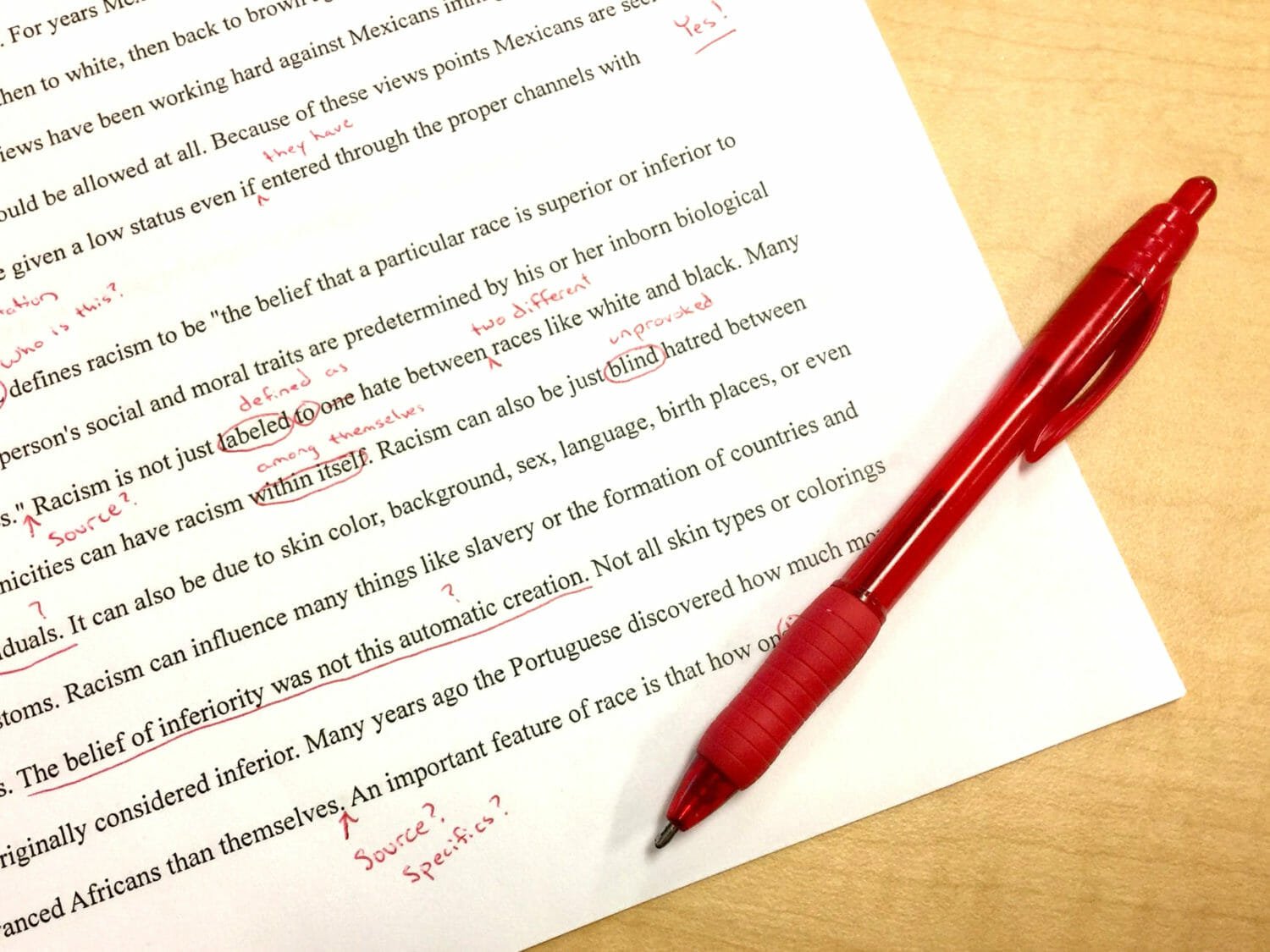
This was a valid question, as you see bullet points expressed in all kinds of ways on the web and in printed documents. Our online proofreading course stresses the importance of consistency.
The way you present bullet points is really down to editorial style. It’s important to use a style guide. We recommend the Guardian style guide to our online proofreading course students.
You can see their rules on bullet point lists here (scroll down).
So a proofreader can use any style, provided they apply it consistently.
And what the proofreading course says about lists
Other proofreading course students sometimes ask me: ‘When should you use bullet points, and when should you use numbers?’
I recommend using numbered lists:
A) To describe a process, or a sequence, etc:
1. Open the packet
2. Dissolve the powder in water
3. Bring to the boil
B) When the copy makes it obvious to do so:
There are three things that make me angry:
1. Dogs
2. Elephants
3. Mosquitos
C) When there are more than five bullets. Longer lists of bullet points can be hard to follow, especially if someone has to refer to them … ‘That report, page 6 … the 13th bullet point down ….’ It would be easier if it was numbered 13 in the first place!
D) Or when there are sections and subsections of a report.
Then use bullet points for everything else.
See our online proofreading course


